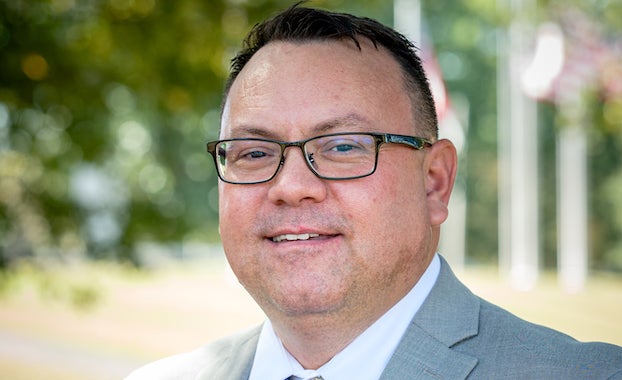Be The Match goes public
Published 12:43 am Thursday, April 28, 2011

The area’s first bone marrow drive was held at Beaufort County Community College earlier this year. Cynthia King (left), a BCCC instructor, spends part of her break to register as a bone marrow transplant donor as Stephanie Simmons, a BCCC nursing student, helps her register. (WDN File Photo)
A campaign to register donors for bone marrow transplants comes to Washington’s First Presbyterian Church from 9 a.m. to 1 p.m. Sunday.
Beaufort County Community College hosted a similar registration effort in March, but it was for BCCC students only. Sunday’s effort is free and open to the public.
John Rebholz, a Be The Match volunteer, got involved with the program to help those who need bone marrow transplants. He attributes his involvement to the strength of his neighbor, Dave Wheelock, who had a successful bone marrow transplant last year.
“People can stop by on their way home or to church,” Rebholz said. “It only takes about 15 minutes, and needles are not involved. Our goal is to get 100 donors to register.”
Marrow transplants are the main treatment for certain life-threatening diseases. Only 30 percent of people who need such transplants have a family member who can donate bone marrow. The other 70 percent rely on people who have registered with Be The Match so they can provide bone marrow for those who need it.
“Even with 8 million registered, many patients still cannot find a match,” Rebholz said. “This is why it is so critical to register many more.”
Betsie Letterle, Be the Match coordinator for eastern North Carolina, said people in need of transplants usually do not find donors in time, which is why it is so critical to register as many donors as possible because only about 25 percent of people in a patient’s family are able to donate bone marrow to that patient.
Letterle said the reason for that is because a tissue match, not a blood type match, is needed when pairing a patient with a donor.
Rebholz said donors must be between the ages of 18 and 60.
“It’s just some paperwork and a cotton swab on the inside of the cheek,” he said. “Nothing is actually taking place until somewhere down the road when the donor actually becomes a match to someone.”
Rebholz said the harvesting of bone marrow used to be a surgical procedure.
“It still is in some aspects,” he said, “but the majority of the time it’s like giving blood. There are some medical restrictions to donors, however, if you’ve had certain kinds of cancer you can still give.”
According to www.medicinenet.com/leukemia, bone marrow and stem cell transplants are the only known cure, or treatment, for several types of diseases. They can cure blood cancers like leukemia, which is a cancer of the blood or bone marrow. According to the website, without healthy bone marrow, a patient is not able to fight off infection and stem bleeding.
To find out more about bone marrow transplants, visit www.marrow.org.





